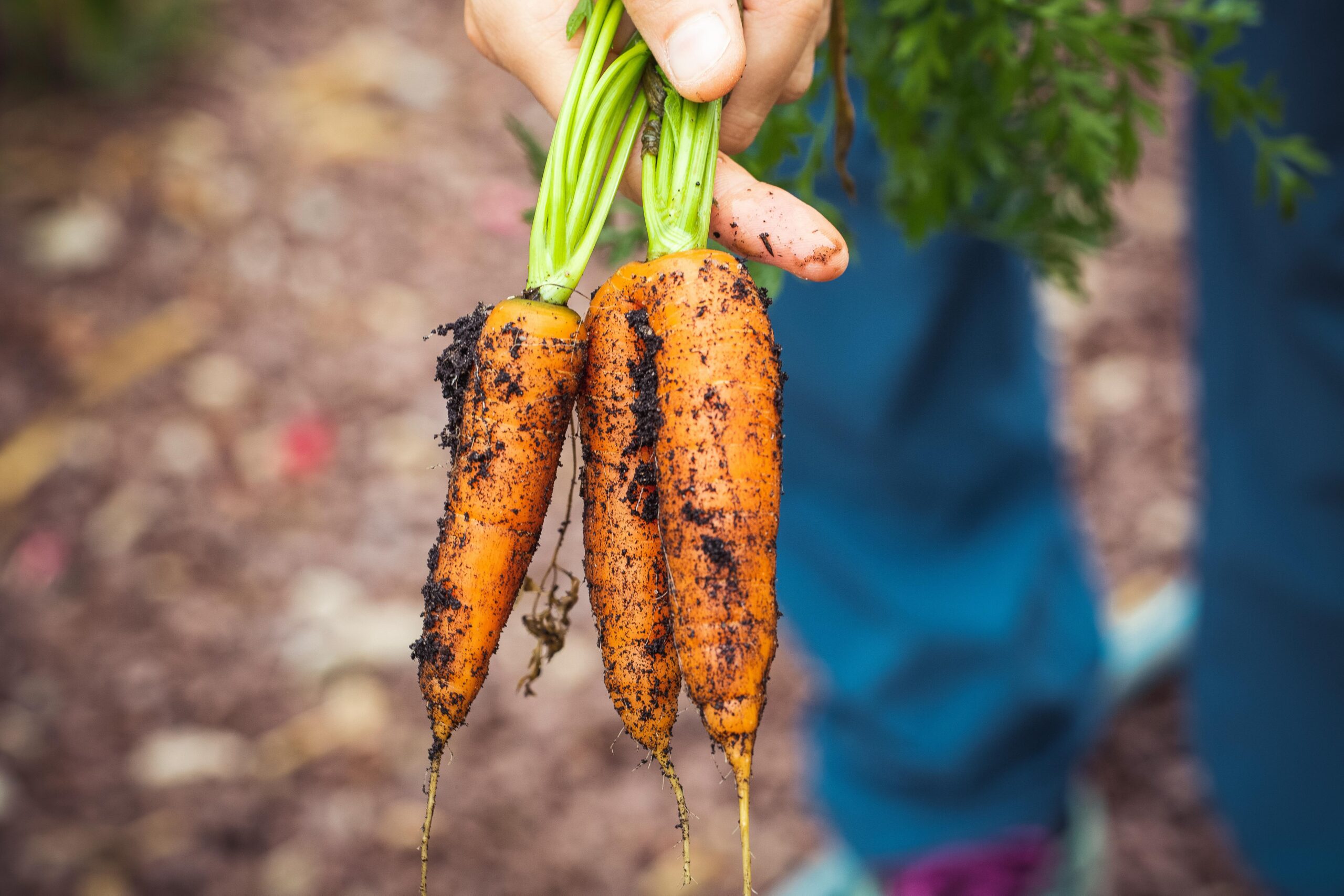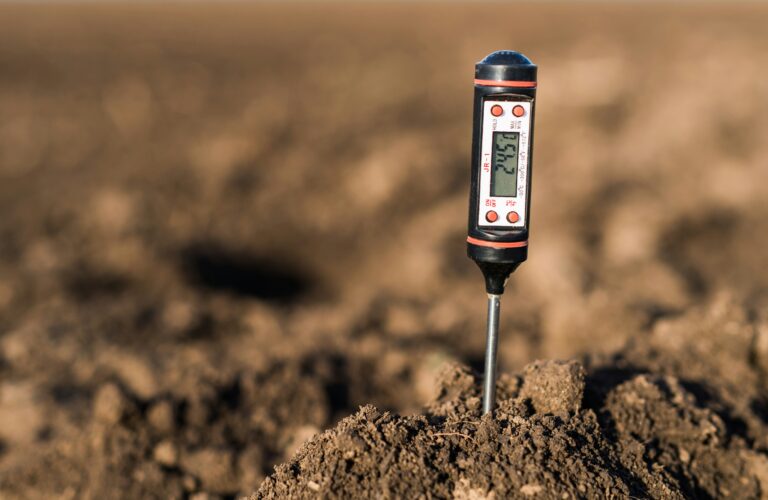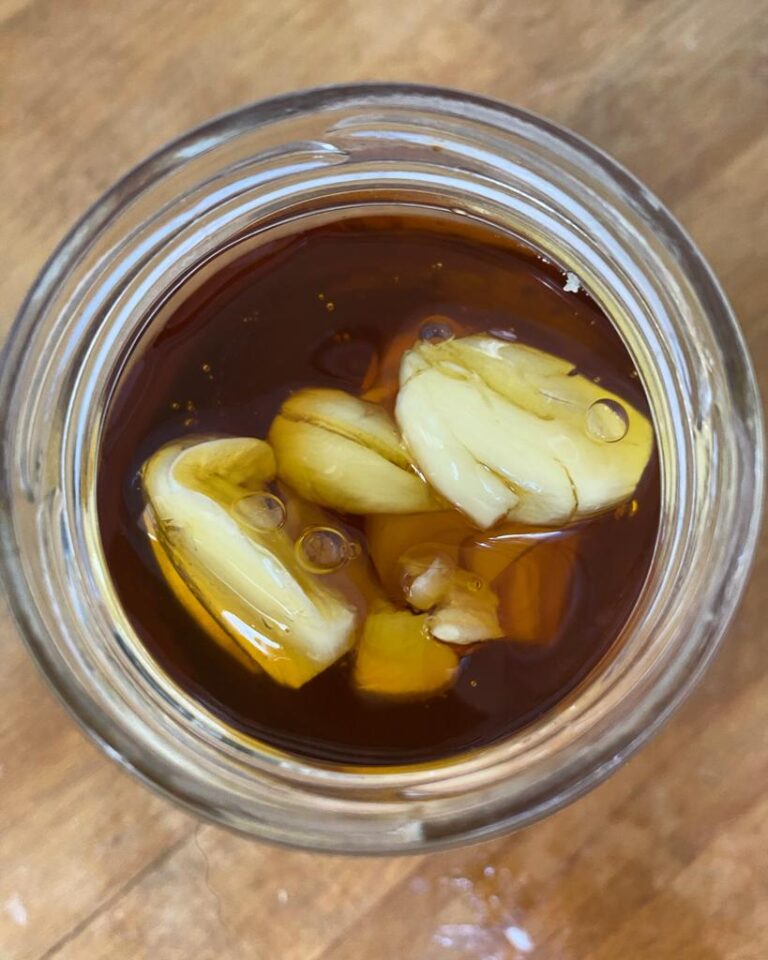Grow Your Own Carrots: Tips and Tricks for the Urban Gardener
Intro
Growing carrots is a great way for the urban gardener to have access to fresh produce right at home. Whether you have a small space or a large garden, you can learn how to grow carrots with the right tips and tricks. From the right climate and soil conditions to the best harvesting methods, this blog post will provide you with everything you need to know about how to grow carrots in an urban environment.
Understanding Carrot Growing Conditions
Understanding the growing conditions for carrots is essential for a successful harvest. Carrots thrive in cool weather, making them an ideal crop for spring and fall planting. They prefer temperatures between 60°F and 70°F (15°C and 21°C), with soil temperatures around 45°F (7°C). However, they can tolerate temperatures as low as 28°F (-2°C) and as high as 80°F (27°C), but extreme temperatures may affect the quality and taste of the carrots.
When it comes to sunlight, carrots love full sun exposure, which is at least six to eight hours of direct sunlight per day. In urban environments, finding a spot with adequate sunlight can be challenging. Consider growing carrots in containers or raised beds that can be moved to sunnier locations throughout the day.
In terms of soil, carrots require loose, well-drained soil with a pH level between 6.0 and 6.8. Heavy or compacted soil can cause misshapen or stunted carrots. Before planting, prepare the soil by removing rocks, weeds, and other debris. Adding organic matter, such as compost or well-rotted manure, can improve soil fertility and drainage.
Carrots also need a consistent supply of moisture. Keep the soil evenly moist but not waterlogged. Inconsistent watering can lead to cracked or forked roots. Mulching can help retain soil moisture and regulate temperature fluctuations.
Choosing the Right Variety for Your Climate
Choosing the right carrot variety for your climate is crucial to ensure a successful harvest. Different carrot varieties have specific temperature and climate requirements, so it’s important to select varieties that are well-suited to your local conditions. Here are some tips to help you choose the right variety for your climate:
- Consider your average temperature range: Carrots prefer cool weather, so if you live in a region with mild temperatures, look for varieties that can tolerate warmer conditions. On the other hand, if you have cold winters, choose varieties that can withstand frost and cold temperatures.
- Check the days to maturity: Carrot varieties have varying maturity dates, ranging from quick-growing varieties that mature in as little as 50 days to longer-season varieties that take up to 80 days or more. Consider the length of your growing season and choose a variety that can mature within that timeframe.
- Assess your rainfall patterns: If you live in an area with consistent rainfall, choose varieties that are less prone to splitting or cracking. On the other hand, if you have dry summers, select varieties that are more drought-tolerant and can withstand periods of water scarcity.
- Consider the size and shape: Carrot varieties come in various sizes and shapes, from short and round to long and slender. Choose a variety that suits your preference and intended use. If you plan to use carrots for juicing or canning, choose larger varieties with a high sugar content. For snacking or roasting, smaller and more tender varieties may be ideal.
- Seek advice from local experts: Local gardening centers, agricultural extension offices, and experienced gardeners in your area can provide valuable insights into the best carrot varieties for your specific climate. They can offer recommendations based on their knowledge of local conditions and firsthand experience.
Preparing Your Soil
Preparing your soil is a crucial step in growing healthy and vibrant carrots. The right soil conditions provide the necessary nutrients for your carrots to grow and develop properly. Here are some tips to help you prepare your soil for successful carrot cultivation in an urban environment.
First, it’s important to remove any rocks, weeds, or debris from the soil. These can impede root growth and make it difficult for your carrots to establish themselves. Use a garden rake or shovel to clear the area and create a clean space for planting.
Next, consider adding organic matter to your soil. Compost or well-rotted manure can improve soil fertility and drainage, providing a rich environment for your carrots to thrive. Spread a layer of compost or manure over the planting area and use a garden fork or tiller to work it into the soil. This will help break up compacted soil and ensure that nutrients are distributed evenly.
Carrots require loose, well-drained soil to develop properly. If your soil is heavy or clay-like, consider adding sand or perlite to improve drainage. Mix in these amendments thoroughly to create a light and airy soil texture.
Once your soil is prepared, it’s a good idea to test its pH level. Carrots prefer a slightly acidic soil with a pH between 6.0 and 6.8. You can purchase a soil testing kit at your local garden center or send a sample to a lab for analysis. If your soil’s pH is outside the desired range, you can adjust it by adding lime to raise the pH or sulfur to lower it.
Sowing Carrot Seeds
Now that you have prepared your soil, it’s time to sow your carrot seeds and watch them grow! Sowing carrot seeds is a simple process that can be done in any size garden or container. Here are some tips to help you successfully sow your carrot seeds in an urban environment.
Start by creating furrows in the soil, about 1/4 inch deep and 1 inch apart. These furrows will serve as the planting rows for your carrot seeds. If you are planting in a container, you can create furrows in a grid pattern to maximize space.
Next, sprinkle your carrot seeds along the furrows. It’s important not to sow the seeds too closely together, as this can result in overcrowding and stunted growth. Aim to space the seeds about 1/2 inch apart. If you are planting in a container, be mindful of the size of the container and adjust the spacing accordingly.
After sowing the seeds, lightly cover them with a thin layer of soil. Carrot seeds require darkness to germinate, so make sure the soil covers them completely. Gently pat down the soil to ensure good seed-to-soil contact.
Water the newly sown seeds gently to avoid displacing them. Use a fine mist or a watering can with a sprinkler attachment to provide a light and even watering. Avoid overwatering, as this can cause the seeds to rot or wash away.
Now it’s time to wait for your carrot seeds to germinate. Carrot seeds typically take 7 to 21 days to sprout, depending on the variety and growing conditions. Be patient and continue to water the soil as needed to keep it moist.
As your carrot seedlings begin to emerge, thin them out to allow for proper growth. When the seedlings are about 2 inches tall, carefully remove the weaker ones, leaving about 2 to 3 inches between each remaining plant. This will give the carrots room to develop their characteristic shape and size.
Watering and Fertilizing Your Carrots
Now that your carrot seedlings are growing, it’s time to focus on watering and fertilizing them to ensure healthy and robust plants. Proper watering and fertilization are key to the successful growth and development of your carrots in an urban environment.
When it comes to watering your carrots, it’s important to provide them with a consistent and even supply of moisture. Carrots prefer moist soil but not waterlogged conditions. Overwatering can lead to root rot and other diseases, so it’s important to strike the right balance. Water your carrots deeply once or twice a week, depending on the weather and soil conditions. This will encourage deep root growth and help your plants withstand dry periods. Monitor the soil moisture levels by inserting your finger about an inch into the soil. If it feels dry, it’s time to water.
To prevent water evaporation and keep the soil moisture levels consistent, consider using mulch. Apply a layer of organic mulch, such as straw or wood chips, around your carrot plants. Mulch helps retain moisture in the soil and regulates temperature fluctuations, ensuring optimal growing conditions for your carrots.
When it comes to fertilizing your carrots, it’s important not to overdo it. Carrots are not heavy feeders and excessive fertilization can result in excessive foliage growth at the expense of root development. Before planting your carrot seeds, work in a balanced, organic fertilizer into the soil according to package instructions. This will provide your carrots with the necessary nutrients for healthy growth. As your carrot plants grow, you can side-dress them with compost or a slow-release organic fertilizer. Apply the fertilizer about 4-6 inches away from the base of the plants, taking care not to touch the leaves. This will provide a gradual release of nutrients to support their growth.
Protecting Your Carrots from Pests and Diseases
As an urban gardener, one of the challenges you may face when growing carrots is protecting them from pests and diseases. Carrots can be susceptible to a variety of pests, such as carrot flies, aphids, and nematodes, as well as diseases like leaf blight and powdery mildew. But don’t worry! With the right strategies, you can keep your carrots safe and healthy.
One of the most effective ways to protect your carrots from pests is by using physical barriers. Carrot flies, for example, are attracted to the scent of carrot foliage. To deter them, you can cover your carrot plants with lightweight floating row covers. These covers allow sunlight and water to reach the plants while keeping the flies out. Make sure to secure the edges of the covers tightly to prevent any gaps where the flies can enter.
Another method to keep pests at bay is by practicing crop rotation. Carrots are part of the umbelliferae family, along with other vegetables like celery and parsley. These plants can attract similar pests and diseases. By rotating your carrot crops with plants from a different family, you can disrupt the life cycle of pests and reduce the risk of infestations.
Regularly inspecting your carrot plants is crucial for early detection and prevention of pest and disease issues. Look for signs of damage, such as yellowing leaves, holes in the foliage, or wilting plants. If you spot any pests, you can manually remove them or use organic pest control methods, such as insecticidal soaps or neem oil sprays.
Keeping your carrot plants healthy and well-nourished can also help them withstand pest and disease attacks. Proper watering, fertilizing, and maintaining optimal soil conditions can boost their immune system and make them more resilient. Additionally, practicing good garden hygiene, such as removing plant debris and weeds, can prevent the spread of diseases.
Harvesting and Storing Your Carrots
Harvesting your carrots is an exciting moment in your urban gardening journey. After all the hard work and patience, it’s time to enjoy the fruits (or rather, vegetables) of your labor. But how do you know when your carrots are ready to be harvested, and what is the best way to store them for future use?
The first step in harvesting your carrots is to assess their size. Most carrot varieties are ready to be harvested when their roots reach a diameter of about 1 inch. However, you can also harvest them earlier if you prefer smaller, more tender carrots. Gently loosen the soil around the base of the carrot and pull it out of the ground. If the carrot is resistant and difficult to pull, it may not be fully mature yet, so leave it in the ground for a little longer.
Once you have harvested your carrots, it’s important to handle them with care. Avoid rough handling or dropping them, as this can cause damage or bruising. Remove any excess soil from the roots by gently brushing them off with your hands or a soft brush. Do not wash the carrots at this stage, as excess moisture can lead to rotting.
To store your carrots, trim off the leafy green tops, leaving about an inch of stem. The greens can be composted or used in culinary dishes, such as soups or stir-fries. Place your trimmed carrots in a plastic bag or a perforated storage container to allow for airflow. Store them in the refrigerator’s crisper drawer, where the temperature and humidity levels are optimal for preserving their freshness.
Carrots can typically be stored for several weeks to a couple of months if properly stored. However, it’s important to regularly check on your stored carrots and remove any that show signs of spoilage or rotting. The ideal storage temperature for carrots is around 32°F to 40°F (0°C to 4°C).
Creative Solutions for Urban Carrot Gardening
Now that you have learned all the basics of growing carrots in an urban environment, let’s explore some creative solutions to make the most of your space and enhance your carrot gardening experience.
- Vertical Gardening: If you have limited space, consider growing your carrots vertically. Vertical gardening allows you to maximize your growing area by using vertical structures such as trellises, fences, or hanging baskets. Simply plant your carrot seeds in containers or pockets along the vertical structure and watch them grow upwards, saving valuable ground space.
- Container Gardening: If you don’t have access to a garden or have a small balcony, container gardening is a great option. Choose deep containers with good drainage and fill them with well-prepared soil. Plant your carrot seeds according to the instructions, and make sure the containers receive enough sunlight. You can place the containers on a patio, balcony, or even a sunny window sill.
- Companion Planting: Carrots can benefit from companion plants that help repel pests or attract beneficial insects. Consider planting carrots alongside herbs like rosemary, dill, or sage, which can deter carrot flies. You can also interplant carrots with marigolds, which attract beneficial insects that prey on pests. Companion planting not only saves space but also promotes biodiversity in your garden.
- Hydroponics: If you want to take your urban gardening to the next level, consider growing carrots hydroponically. Hydroponics is a soil-less growing method that uses water and nutrients to feed the plants. This method allows you to grow carrots indoors or on a rooftop, utilizing vertical space and providing controlled growing conditions for optimal results.
- Community Gardens: If you don’t have enough space or resources to grow carrots in your own urban environment, consider joining a community garden. Community gardens offer shared gardening spaces where you can cultivate your carrots alongside fellow gardeners. It’s a great way to connect with like-minded individuals, share knowledge, and contribute to a thriving gardening community.






